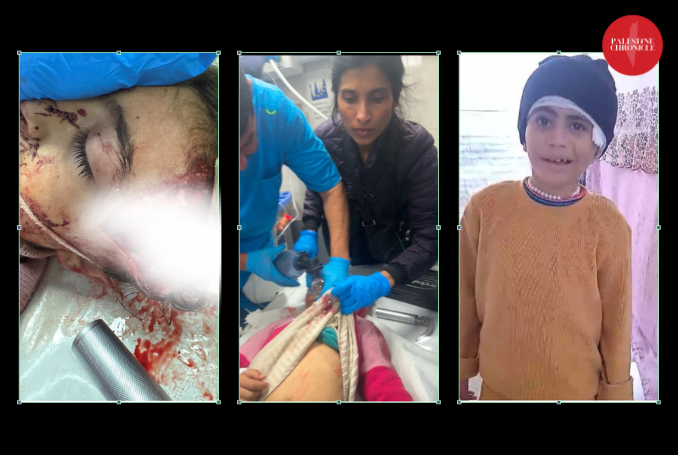
Amid the chaos of war in Gaza, a father’s desperate eyes met a doctor’s resolve—and together, they defied the odds to save his daughter’s life.
The night was long as we navigated through the Israeli checkpoints and into the Gaza Strip. Upon reaching the safe house in the Al-Mawasi area in Rafah, I barely slept, despite my exhaustion. The incessant buzz of drones and the distant thuds of bombs dropping kept me awake.
When I finally woke up on December 4, 2024, I was ready to return to Nasser Hospital, where I had served during my last medical mission in August.
The journey was harrowing, with broken roads and children walking alone, stirring a familiar pit of dread in my stomach. I recalled the same sight from my previous visit, wondering about the safety and families of these children.
After an hour’s drive, we arrived at Nasser Hospital. The layout of the living quarters was unchanged—cramped bunk beds and the ever-present smell of sewage from the bathroom.
As I began to unpack, a loud explosion shook the building. I knew immediately that this airstrike was closer than the others. Screams echoed as people rushed towards the hospital. I hurried to the trauma bay, knowing the drill all too well. Casualties would arrive, carried by family members, on horse carts, in ambulances, and cars.
Struggling to put on my already torn gloves, I saw two small children rush in. Their families laid them on the floor, as there were no beds available. I knew before touching them that they were gone. The feeling of utter helplessness washed over me —a sensation I had hoped to leave behind in Gaza on my last trip.
The onslaught continued. Next came an eight-year-old girl named Alaa, same age as my own daughter. Her father explained that she had been playing in front of their tent when an airstrike sent shrapnel slicing her skull.
She was critically injured, her body barely moving, and brain matter exposed. According to protocol, she was deemed unsalvageable. The plan was to let her pass away naturally as more patients arrived.
But when I saw the despair in her father’s eyes, I couldn’t just stand by. I grabbed the laryngoscope I had to smuggle in past the Israeli military in my tackle bag and secured her airway with an endotracheal tube.
We rushed her to CT and then to the OR, where she would be stabilized. Over the next week, I followed her progress in the ICU, reassuring her father as he waited for me patiently each morning. Though my clinical experience told me her chances were slim, I held onto hope.
A few days later, I was reassigned to another hospital and lost track of Alaa’s progress. Her father had promised updates after we had exchanged phone numbers, but I feared the worst. One evening towards the end of my month-long stay, I received a message with two videos. The poor Wi-Fi in Gaza made them take hours to load, but finally, before bed, they played.
The first video showed Alaa sitting up, reading from a book with a bandage on her head. The second showed her walking, slightly unsteady but independently. She stopped in the center of the frame and said, “Shokran doktora, anam khair” (Thank you, doctor, I am fine).
Tears of joy streamed down my cheeks, but so did anger. Alaa should never have been injured. The US-supplied bomb that sliced her skull open was a stark reminder of the brutal reality. I held onto the happiness of that moment, but the guilt of my country’s role in her injuries lingered.
Perhaps it was her father’s eyes that prevented me from turning away and allowed me to save Alaa’s life in that moment. That night, I felt warmth in my heart that she was alive and doing well, but also a deep sense of responsibility and regret that stayed with me.
Since the ceasefire was unilaterally violated by Israel on March 18, 2025, there have been approximately 100 children killed or severely injured per day and there is still no end in sight.
(The Palestine Chronicle)
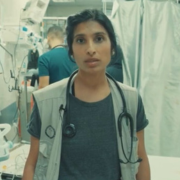
– Dr. Mimi Syed is an American board-certified emergency medicine physician, Dr. Syed served in Gaza from August 8 to September 5, 2024, and December 3 to December 31, 2024, at both Al-Aqsa Hospital and Nasser Hospital. She contributed this article to the Palestine Chronicle.

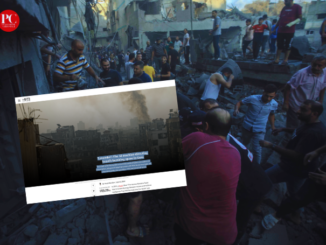
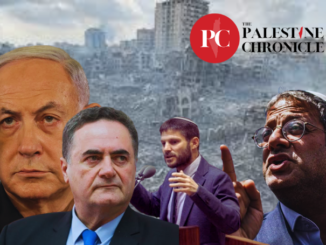
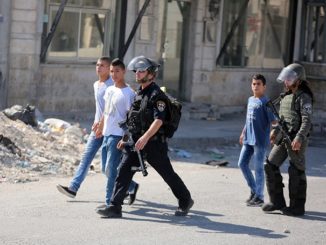
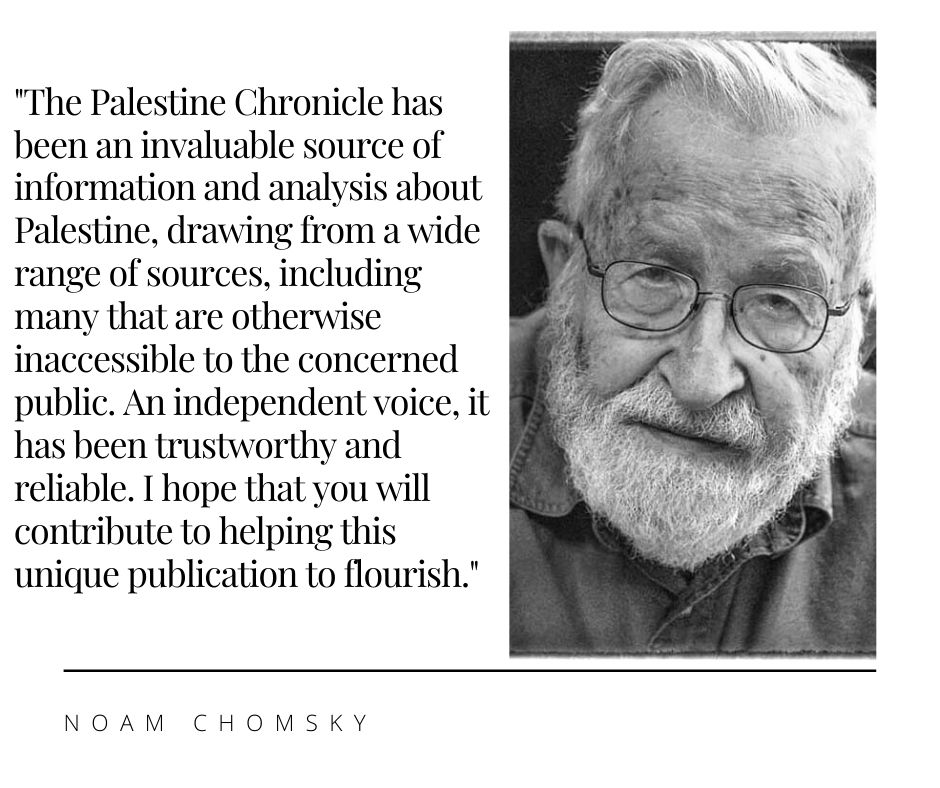
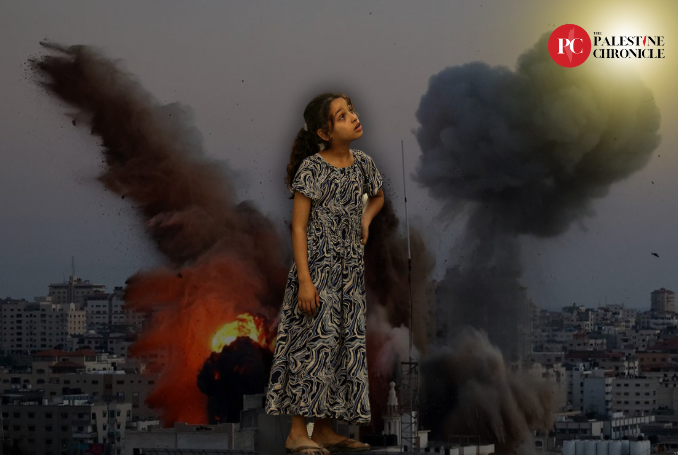
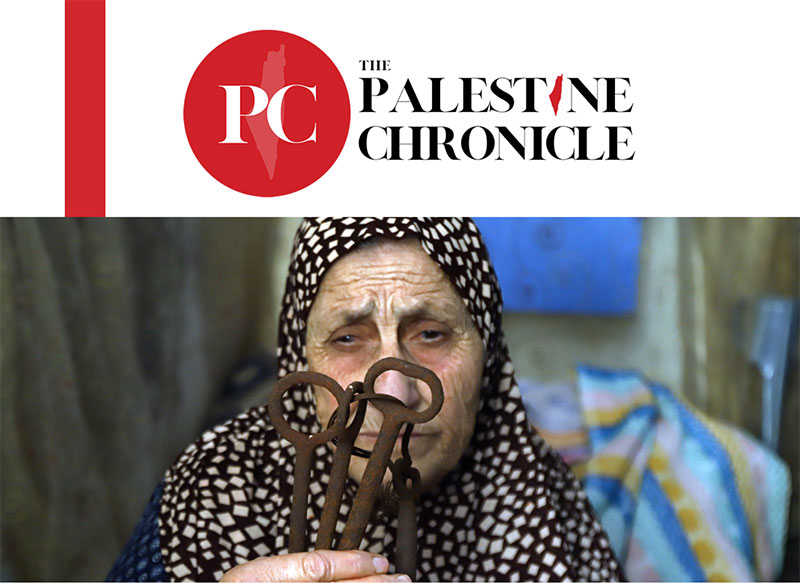

Be the first to comment